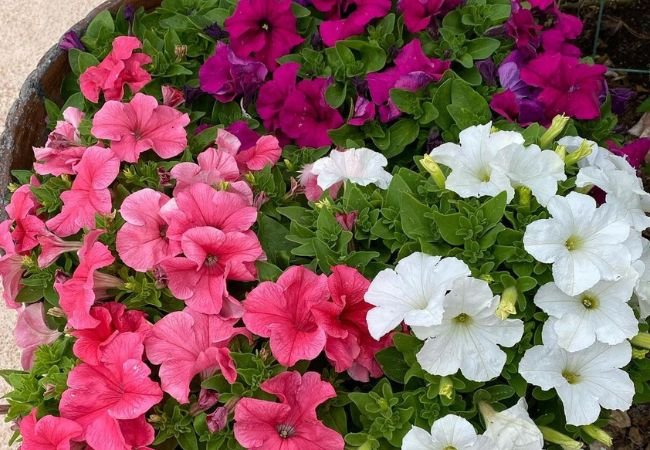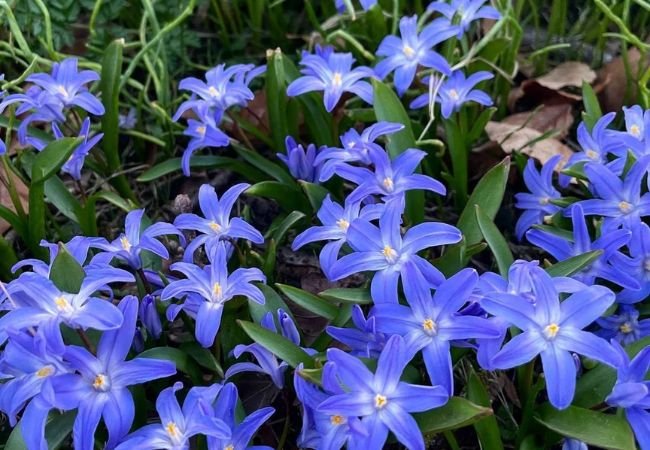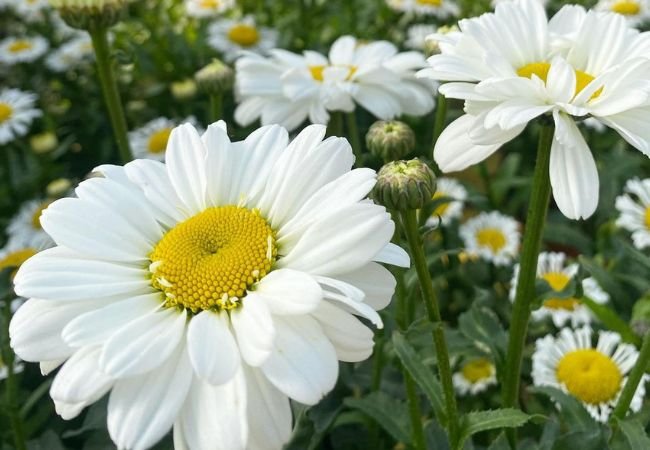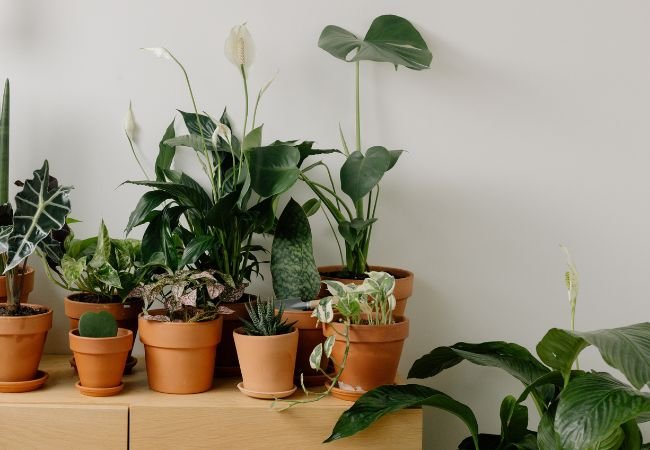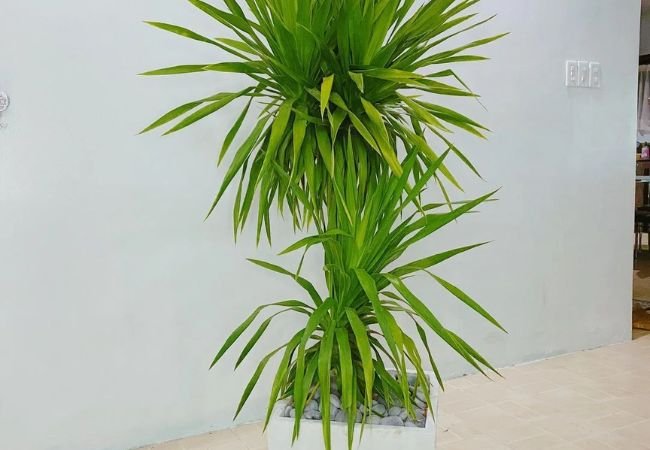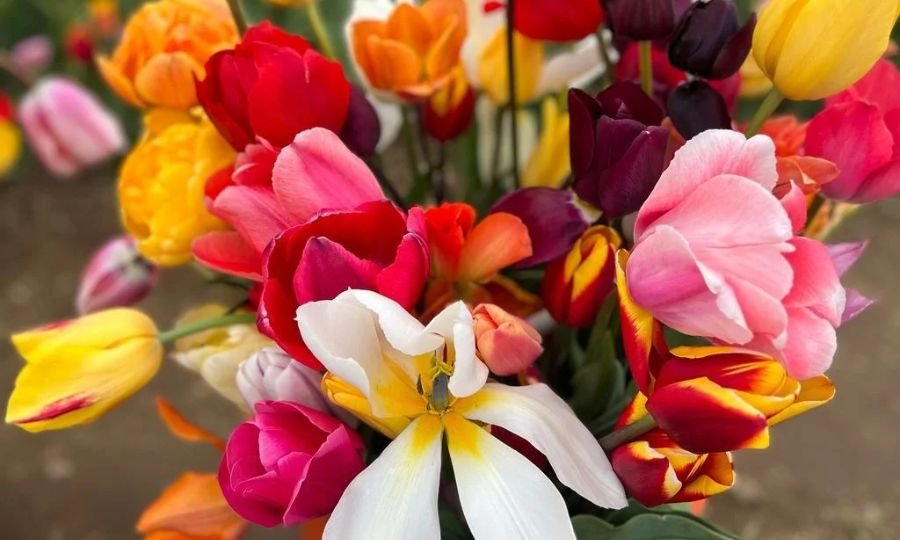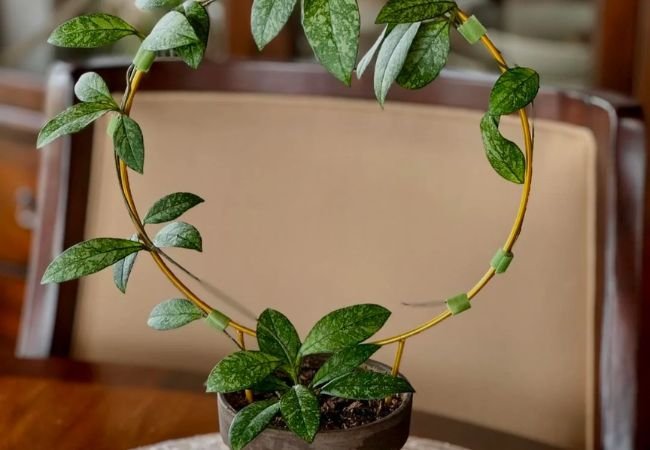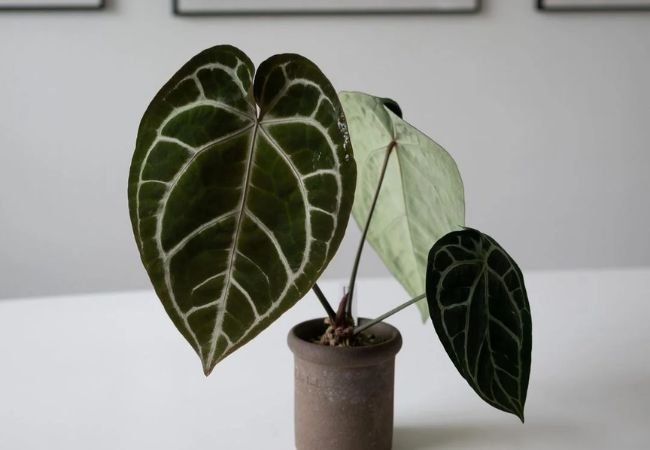Learn how to grow and care for pink begonias with this expert guide. Discover tips on planting, watering, and pruning to keep your begonias thriving. Perfect for gardeners of all levels.
Pink begonias thrive in partial shade, well-draining soil, and require consistent moisture to flourish indoors or outdoors. They’re known for their bright, eye-catching blooms and are a favorite among gardeners for their easy maintenance and versatility. Whether you’re new to gardening or an experienced grower, this guide will help you master the art of growing and caring for pink begonias.
As an experienced gardener with over two decades in ornamental plant care, I can confidently say that pink begonias are some of the most rewarding plants to grow. Their vibrant flowers and low-maintenance requirements make them a great choice for both beginner and seasoned gardeners.
Here’s an easy-to-read chart for Pink Begonias:
| Category | Information |
|---|---|
| Botanical Name | Begonia spp. |
| Common Name | Pink Begonias |
| Plant Type | Perennial (grown as annual in cooler zones) |
| Hardiness Zone | USDA Zones 8–11 (annual in cooler zones) |
| Sun Exposure | Partial Shade to Full Shade |
| Soil Type | Well-drained, rich, moist soil |
| Watering | Moderate; keep soil consistently moist but not waterlogged |
| Growth Habit | Mounding, bushy |
| Height/Spread | 6–18 inches tall / 6–12 inches wide |
| Special Features | Continuous blooming, low-maintenance, attractive foliage, deer-resistant, suitable for containers and borders |
Understanding Pink Begonias
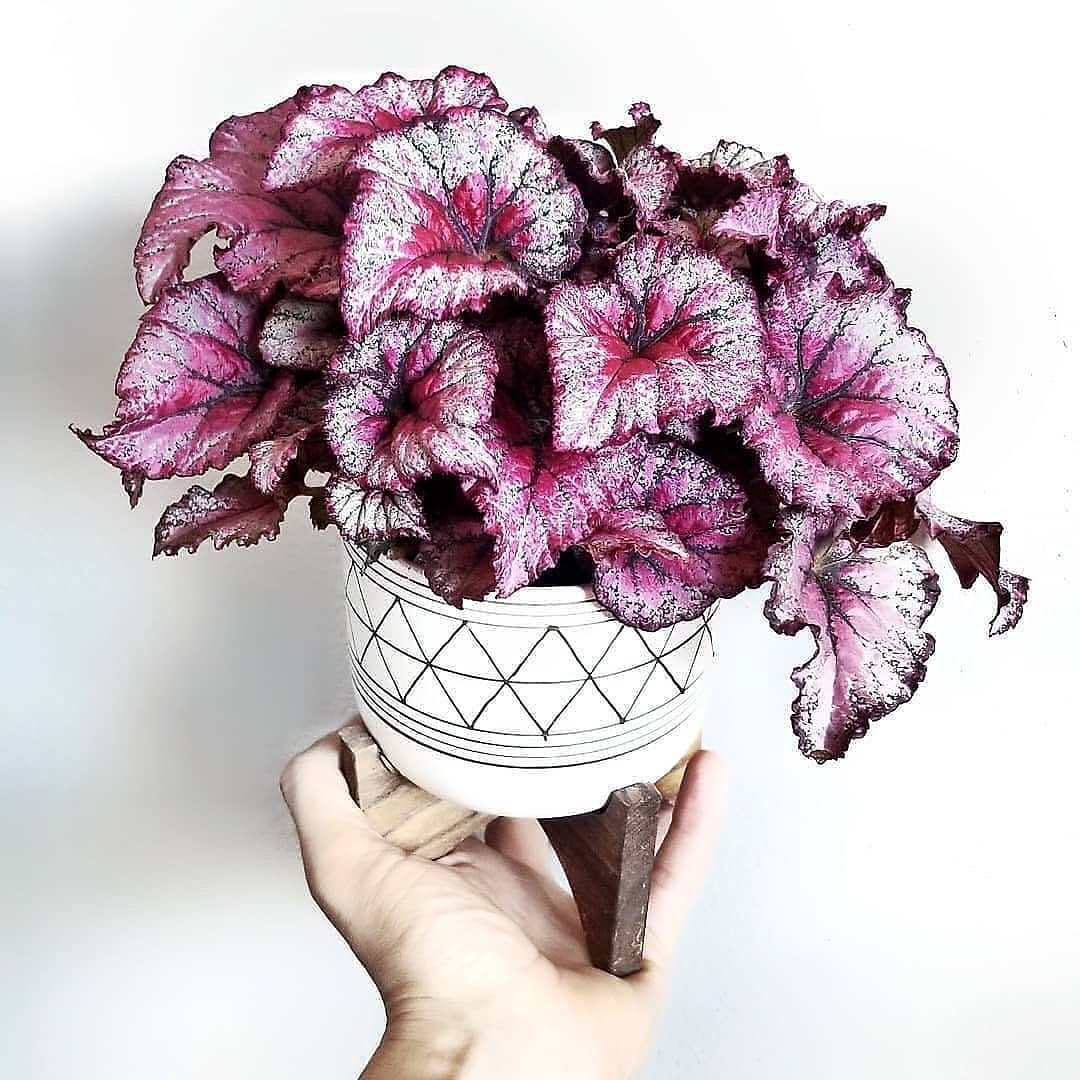
Pink begonias belong to the Begoniaceae family, a large group of flowering plants that thrive in a variety of conditions. They are most known for their beautiful pink blooms, which can brighten up any indoor or outdoor space. Pink begonias are classified as either wax begonias (Begonia semperflorens) or tuberous begonias (Begonia tuberhybrida), each with unique characteristics that influence how they are grown and maintained.
For more information on different types of begonias, visit Missouri Botanical Garden’s Begonia Collection.
Popular Pink Begonia Varieties
- Begonia semperflorens ‘Varsity Pink’ – A wax begonia variety with delicate pink flowers and glossy green leaves.
- Begonia tuberhybrida ‘Pink Delight’ – Tuberous begonia featuring larger, ruffled blooms in a vivid pink hue.
- Begonia rex ‘Pink Charm’ – Primarily known for its stunning foliage, but some varieties produce soft pink flowers.
Tip: Choose a variety that matches your gardening environment (indoor vs. outdoor) and your local climate for optimal results.
Planting Pink Begonias
Best Time to Plant
The ideal time to plant begonias is in late spring, after the last frost, or indoors year-round with adequate light and care. Tuberous begonias should be started indoors in early spring and transplanted once the risk of frost has passed.
Location
- Light: Pink begonias do best in partial shade with indirect sunlight. Too much direct sunlight can cause their delicate leaves to scorch.
- Soil: They prefer well-draining soil rich in organic material. Amend the soil with compost or a peat-based potting mix to improve drainage.
- Space: Plant begonias with enough space to allow for air circulation, which helps prevent diseases. If planting in containers, ensure pots have drainage holes.
For detailed planting instructions, refer to the Arbor Day Foundation’s Guide to Planting Trees and Shrubs.
Caring for Pink Begonias
Watering
Water pink begonias consistently, keeping the soil evenly moist but not soggy. Overwatering can lead to root rot, so it’s crucial to allow the top inch of soil to dry out between waterings.
- Indoor begonias: Mist occasionally to maintain humidity, especially in dry environments.
- Outdoor begonias: Water early in the morning to allow foliage to dry before nighttime, which helps prevent fungal diseases.
Fertilizing
Use a balanced, slow-release fertilizer with a ratio like 10-10-10 every 2-4 weeks during the growing season (spring through summer). This promotes healthy growth and abundant blooming.
Pro Tip: Avoid over-fertilizing, as this can lead to leggy growth and fewer flowers. In winter, reduce feeding to let the plant rest.
Pruning and Deadheading
Regular pruning is key to keeping your pink begonias looking their best. Prune back any dead or leggy growth in early spring, and deadhead spent blooms to encourage new flowers. Pruning also helps improve airflow, reducing the likelihood of pests and diseases.
For more on pruning techniques, visit the University of Minnesota Extension’s Pruning Guide.
Pests and Diseases
Pink begonias can occasionally be affected by pests like aphids, spider mites, and whiteflies. Use insecticidal soap or neem oil to manage infestations.
Common Diseases:
- Powdery mildew: Ensure proper air circulation and avoid overhead watering.
- Root rot: Caused by overwatering or poor drainage. Prevent by ensuring soil is well-draining and that pots have adequate drainage holes.
For more on common begonia diseases, check out Penn State Extension’s Guide to Plant Diseases.
Propagating Pink Begonias
Propagation is a great way to expand your begonia collection:
- Stem cuttings: Take a 4-6 inch cutting from a healthy plant, remove the lower leaves, and place it in water or moist soil until roots develop.
- Leaf cuttings: Cut healthy leaves and place them on moist soil. Roots and new shoots will form from the leaf veins.
Learn more about propagation from Royal Horticultural Society’s Propagation Guide.
Landscape Uses for Pink Begonias
Pink begonias add beauty and texture to various landscape settings. They can be used as:
- Border plants in flower beds
- Container plants for patios and balconies
- Indoor houseplants to brighten up rooms
Begonias are versatile and look stunning when combined with other shade-loving plants like hostas or ferns.
Environmental Benefits of Growing Pink Begonias
Aside from their ornamental value, pink begonias contribute to the environment by:
- Attracting pollinators like bees and butterflies
- Improving air quality in indoor settings
- Contributing to biodiversity in garden landscapes
Learn more about the ecological benefits of flowering plants from the USDA Forest Service.
Pink begonias are an excellent choice for gardeners looking to add color and beauty to their landscape or home. By following the expert tips outlined in this guide, you can ensure that your pink begonias thrive and produce stunning blooms year after year. With the right care, including proper watering, fertilization, and pruning, these beautiful plants will reward you with vibrant pink flowers that can brighten any space.
For additional information on ornamental plant care, visit the International Society of Arboriculture’s Website.
This guide is crafted for 2024 and includes the latest advice for growing pink begonias successfully. Whether you’re growing indoors or outdoors, these tips will help you achieve the best results with your pink begonias. Happy gardening!



